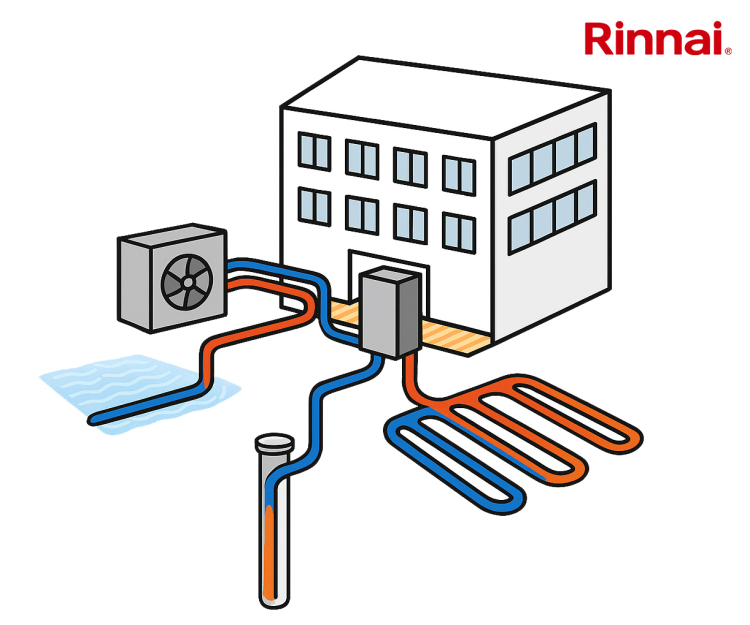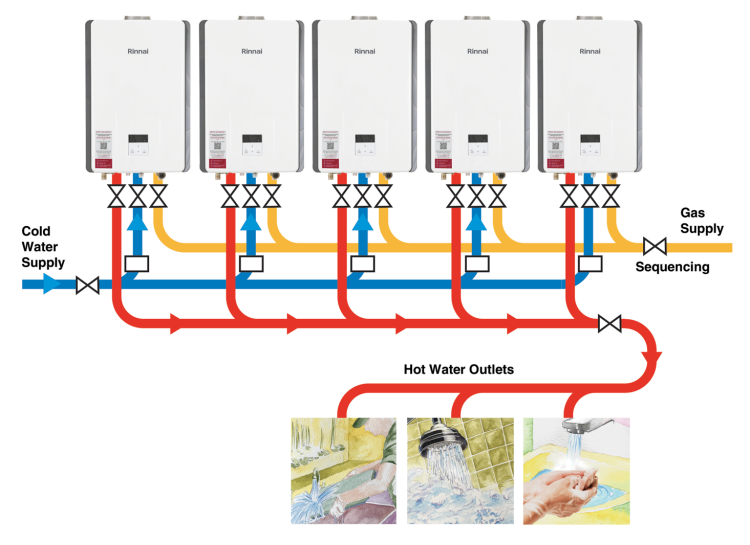25 August 2022
The Building Engineering Services Association has issued an urgent warning about a potential fire safety weakness in a large number of building ventilation systems.
Flagging the critical fire damper safety issue, BESA has issued an interim technical bulletin (VH001) ahead of a full update of its industry guidance for the “Installation of Fire Dampers and Smoke Dampers” (DW145) which is due for launch at the Association’s National Conference in October.
BESA’s technical committee sanctioned the technical bulletin, which is freely available on the Association’s website, to give contractors the information and appropriate terminology to alert clients to the problem.
BESA said it was taking the unusual step of producing an interim announcement because of the urgent nature of the problem after annual inspections carried out by maintenance contractors found that “a huge number of dampers” had been incorrectly installed.
Action Needed on Self-Drilling "Tek" Screws “Without Delay”
Head of Technical Graeme Fox explained that many did not comply with manufacturers’ instructions and needed remedial action “without delay”:
“We have been alerted to the very dangerous practice of using self-drilling "tek" screws which do not melt when temperatures rise during a building fire. This means spring-loaded dampers will not be released to contain the spread of fire within the zone and ensure the integrity of the fire-stopping measure.
“Dampers must be secured by fusible fixings that allow the duct to break away otherwise the collapsing duct could pull the damper out of place and break the seal between the fire zones.”
The bulletin also updates the guidance and statutory requirements covering installation, testing and maintenance of fire dampers and smoke dampers including clients’ legal obligations to ensure their fire safety systems remain fit for purpose in line with the Regulatory Reform (Fire Safety) Order 2005 for England and Wales and the Fire Safety (Scotland) Regulations 2006.
It outlines the crucial role played by the penetration seal in ensuring the overall fire-stopping integrity of an installation, the importance of maintenance teams being able to find and access dampers for testing and repair, and the need for designers and installers to seek expert advice from damper manufacturers.
Picture: a photograph of a ceiling-mounted fire exit sign. Image Credit: Pixabay
Article written by Ella Tansley | Published 25 August 2022
Share
Related Articles
Online Heat Pump Seller Prosecuted for Breaching F-Gas Regulations
An online retailer has been fined for selling HVAC equipment without ensuring that it would be installed by a properly qualified engineer.
Appliances Direct (AD) was...
Read Full Article
BESA Wins Best Use of Technology Award
The Building Engineering Services Association has won the Best Use of Technology Award at the Trade Association Awards 2023 for its Ventilation Hygiene Elite...
Read Full Article
First-Ever World Ventil8 Day Launches
An awareness campaign to promote the critical role of building ventilation has been launched by a coalition of scientists, academics, engineering bodies and environmental...
Read Full Article
HSE Advises on COVID and Ventilation in Offices
The advice includes how to ventilate rooms whilst keeping them warm, monitoring indoor air quality, and safely ventilating vehicles.
What are the Legal...
Read Full Article
BESA National Conference 2021 – Highlights
The BESA Conference was opened by the association’s president Neil Brackenridge who explained that the overall theme was “Building back better, safer,...
Read Full Article
Smart Ventilation System Given Passivhaus Certification
SAV Systems' AirMaster AM 1000, a mechanical ventilation unit, has been awarded Passivhaus Component certification.
The flagship AM 1000 is the first...
Read Full Article
Less Than 1% of Buildings Are Fully Fire Safety Compliant, Says BESA
A significant number of fire and smoke dampers remain untested in thousands of buildings across the UK, according to the Building Engineering Services...
Read Full Article
Five Tips to Minimise Mould Risk After Lockdown
The temporary shutdown of a building can create hazards for returning occupants, one being mould where there is humidity and lack of ventilation.
Stuart Kerr,...
Read Full Article
Mitie Launches Air Disinfection Service
Mitie has launched a new air disinfection service using ultraviolet light to help eradicate harmful bacteria, viruses, funghi and mould.
Partnering with Luxibel, the...
Read Full Article
HSE Provides Updated Advice on Ventilation During COVID
The Health and Safety Executive has expanded its advice for employers to provide adequate ventilation in their workplaces during the pandemic.
This guidance is...
Read Full Article

.gif)
.gif)


.gif)

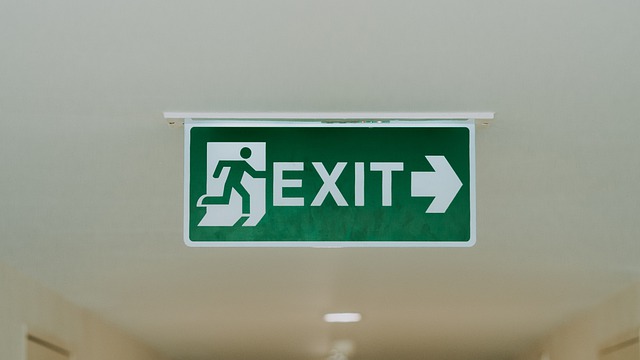

.png)

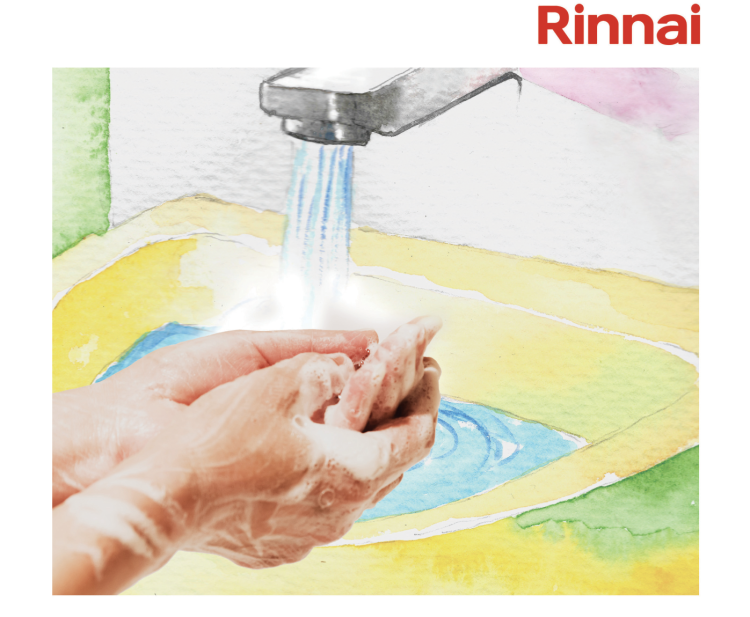
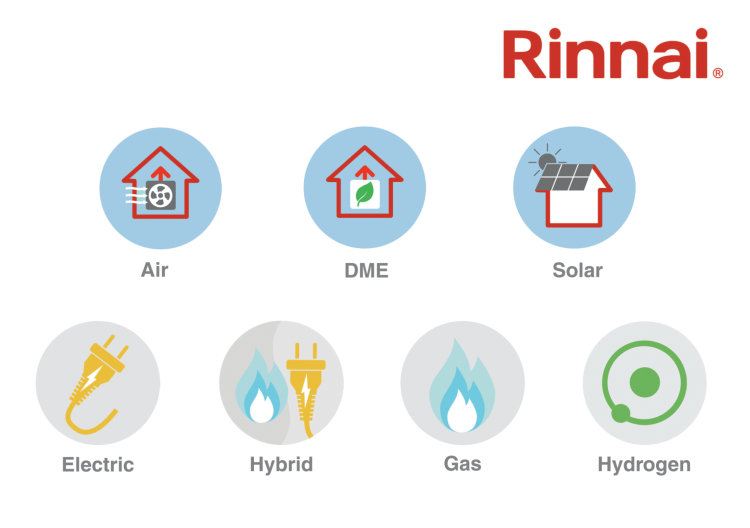
.png)
